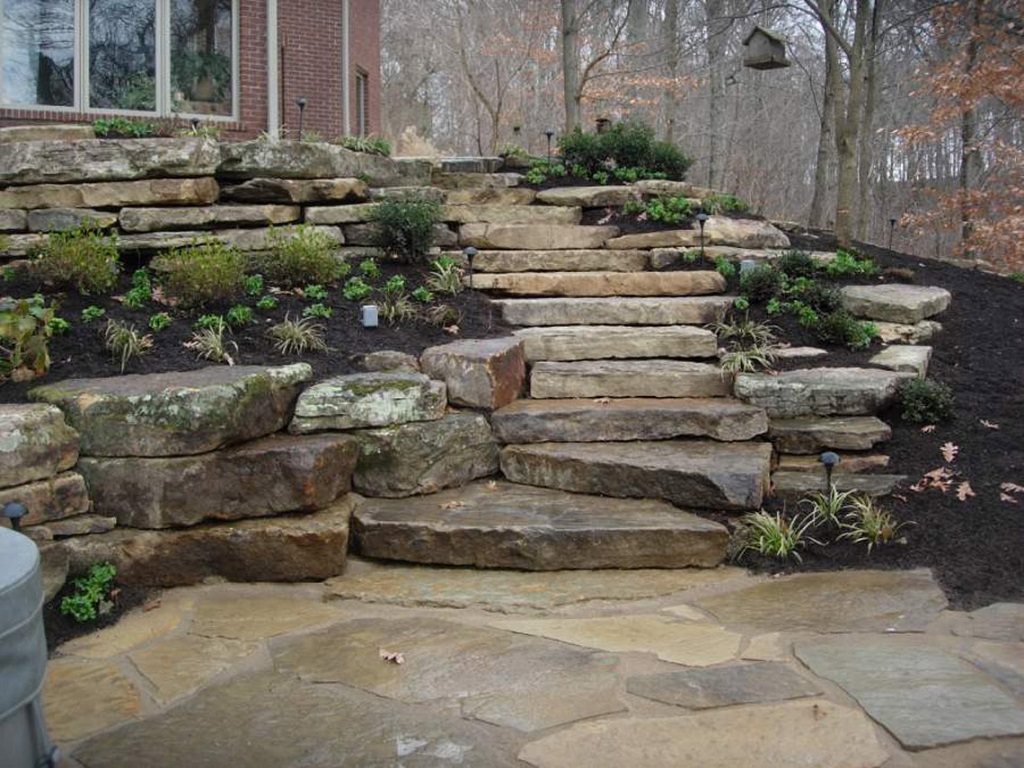
Have you ever marvelled at the intricate beauty and natural charm that exudes from a sandstone structure? Ever wondered why sandstone, a seemingly ordinary rock, is a popular choice in building, and urban development? Could the integration of sandstone rock be the missing piece in your construction project? Welcome to a detailed examination of the role of sandstone rock in construction, exploring its advantages and probable drawbacks.
Sandstone has stood its ground through the centuries, shaping the structural backbone of numerous monumental architectures worldwide. From the elegant castles of ancient Europe to the awe-inspiring pagodas of Asia, sandstone's imprint on our architectural landscape is undeniable.
This exceptional material's charm lies not only in its aesthetic allure but also in its practicality and efficiency that it delivers to builders and architects. However, like any other material, using sandstone has its ups and downs, a thorough understanding of which is essential for any successful construction.
The What and Why of Sandstone in Construction
Sandstone, a sedimentary rock comprised mainly of sand-sized minerals or rock grains, has been a construction staple globally. But why is this so?
The first advantage lies in its natural beauty. The rock is available in myriad colours - from enriching earthy tones to captivating reds and luxurious whites. This diversity makes it a versatile choice for architects striving to embody a specific aesthetic vibe.
Secondly, the durability of sandstone makes it a winning candidate. The rock is capable of weathering harsh conditions, testifying to its use in historical structures that have stood the test of time. Combined with its ability to be precisely cut and carved, this rock provides a versatile and enduring choice.
Lastly, sandstone's thermal properties make it a practical solution, especially in regions with significant temperature fluctuations. Its thermal inertia indicates that it absorbs heat and cold slowly, thereby providing insulation and reducing energy consumption.
Advantages Outweighing the Disadvantages
While sandstone does have its negatives, like porosity that leads to water absorption, causing staining and weakening over time. It is also prone to weathering and erosion. However, implement proper maintenance and correct treatment can substantially elongate sandstone's lifespan, balancing out these detriments.
Sandstone Facades- The Visage of Elegance
A well-detailed sandstone façade can significantly enhance a structure's visual appeal. Sandstone's fine grain makes it malleable, thus allowing a variety of finishes from sawn, honed, rock-faced to split.
Flexibility In Design
Thanks to its adaptability and availability, architects can unleash their imagination, creating structures that combine traditional charm with modern minimalist appeal.
In Défense of Our Environment
Unlike Concrete production, which carries a hefty carbon footprint, using sandstone proves to be a more environmentally friendly alternative, preserving our world for the future generations.
Conclusion: A Balance of Sustainability and Aesthetics
In conclusion, the role of sandstone rock in construction cannot be underestimated. Though it comes with its specifics about upkeep and durability, the advantages outshine the negatives. Its aesthetic allure coupled with thermally efficient properties and flexibility, make it an excellent choice for those seeking a marriage between sustainability and aesthetic elegance.
By understanding its properties and appreciating its historical value, we can integrate it into modern architectures, aiming for structures that are not only visually compelling but also echo a deep sense of environmental respect.







No comments: